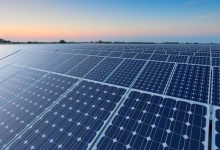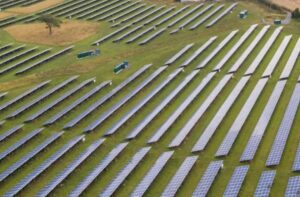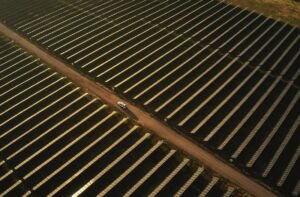Two of Australia’s busiest renewable energy markets, South Australia and Victoria, are tightening guidelines around project development, in a bid to smooth the way for the massive pipeline of solar and wind being built to replace fossil fuels.
In Victoria, the state Labor government last week released the final draft of development guidelines for large-scale solar farms it says will help ensure proposals are built in appropriate locations, easily accessible to the grid and in consideration of land-use and ecosystems.
The draft also includes guidelines for best practice on social licence, to help developers to engage effectively with communities and “ensure the least possible environmental and social impacts of their proposals.”
It’s a similar move to that which the state made to address wind farm development, following has been described as an “unravelling of community support” that started in around 2009, and almost brought the industry undone.
As forecast, similar issues have started to crop up with big solar developments, with an increase in pubic objections to Victorian solar farms and even grid-scale battery projects, in the rush to meet the local VRET.
Like the wind farm changes, the new solar guidelines would also aim to reduce pressure on local Councils – as well as the potential for protracted and divisive approvals processes – by making the state’s minister for planning the responsible authority for all large-scale solar applications.
In a statement last week, state energy minister Lily D’Ambrosio the Solar Energy Facilities – Design and Development Guideline, would be implemented through a future planning scheme amendment to the Victorian Planning Scheme, if that amendment was passed.
“With solar technology taking off in Victoria, we need to provide clear advice on how to establish best practice facilities in appropriate locations,” D’Ambrosio said.
“The guidelines will help to ensure community consultation is part of the process from an early stage, so local residents are engaged, informed and have an opportunity to provide input before the planning permit is lodged.”
“Along with providing more certainty to the community, the guidelines will reduce the burden on local councils and give the renewable energy industry more confidence to invest.”
In South Australia, the Liberal government’s State Planning Commission has released a discussion paper proposing new rules for both solar and wind farm development.
The paper comes as the government boasts of a 10GW of large-scale wind and solar development pipeline, propelling the state towards its anticipated milestone of “net” 100 per cent renewables by 2030.
Like Victoria, South Australia is playing catch-up on guidelines for solar farms, with renewables growth in the state initially focused more on wind energy development.
But solar is now coming into its own, with last week’s approval of a 176MW solar and battery storage project near Murray Bridge in South Australia marking the fifth such project to get the go-ahead in the state in a matter of weeks.
“The introduction of the new state-wide Planning and Design Code in July 2020 provides an opportunity to update our policies to reflect new forms of energy generation, storage and distribution,” said State Planning Commission member Allan Holmes in a statement.
“It is also an opportunity to provide improved guidance for industry regarding the intensity, location and impacts of these developments to address community and environmental concerns.”
Public consultation on the draft Code will start in October, with the Discussion Paper on Proposed Changes to Renewable Energy Policy in the Planning and Design Code, available to view here.








